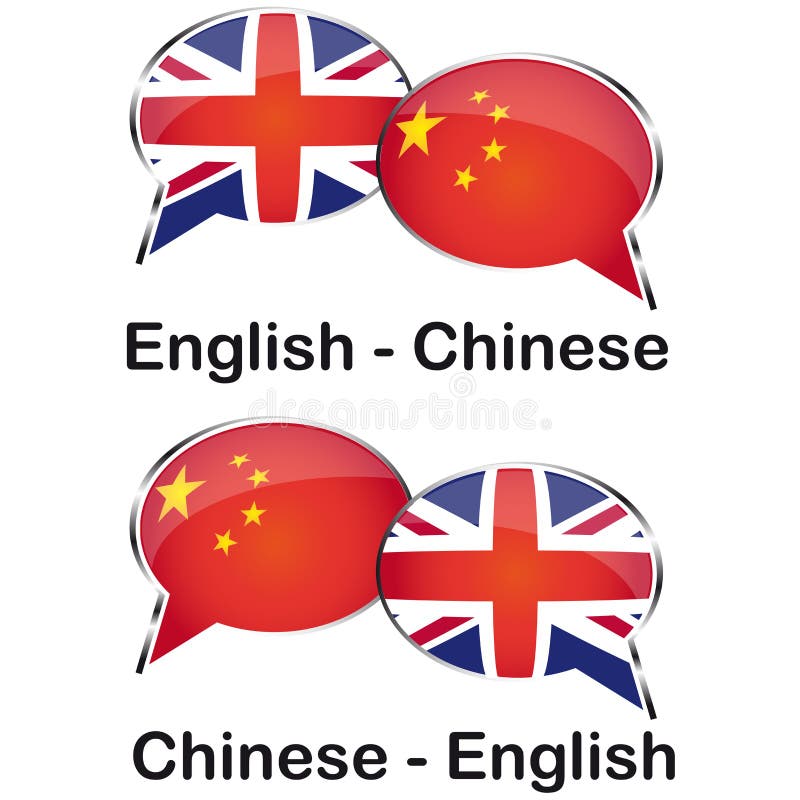

English and Chinese orignate from completely unrelated language groups, making them vastly different from each other not only in terms of language, but also in terms of their cultural and social reference points. You should always be wary of machine translation (MT), but especially when translating from English to Chinese or Chinese to English. Simplified Chinese is predominantly used in Mainland China, Malaysia and Singapore, whereas Traditional Chinese is primarily used in Taiwan and Hong Kong. Although this sounds confusing, it is fairly straightforward to decide which form of the language to use based on where your target market are located.

As a result, two versions of written Chinese came into being: Traditional and Simplified. In the mid-twentieth century, in an effort to increase the literacy rate, the People’s Republic of China began a process of simplifying written Chinese. There are two distinct versions of written Chinese. As a language rich in its own idioms and convolutions, a Chinese translator must also be equally confident in their grasp of the English language to avoid any loss of meaning in their translations.Ĭhinese translation tips Traditional vs Simplified Chinese A piece of writing that works for one section of the population may not work for another, meaning only translators with a firm grasp of regional differences can be trusted to create work that produces the intended effect. With seven distinct Chinese dialects and many more local dialects – which are often not mutually intelligible – the intended audience of a piece of translated writing must also be carefully considered.
#English to chinese translator professional
This poses a challenge for any professional translator, who must fully understand the intended purpose of a sentence and the language’s intricacies to avoid misunderstandings. The Chinese language is highly contextual, meaning slight changes in character composition can alter the meaning of a phrase completely. Despite being two of the world’s most commonly spoken languages, English and Chinese are extremely dissimilar each containing its own linguistic subtleties and complexities.


 0 kommentar(er)
0 kommentar(er)
